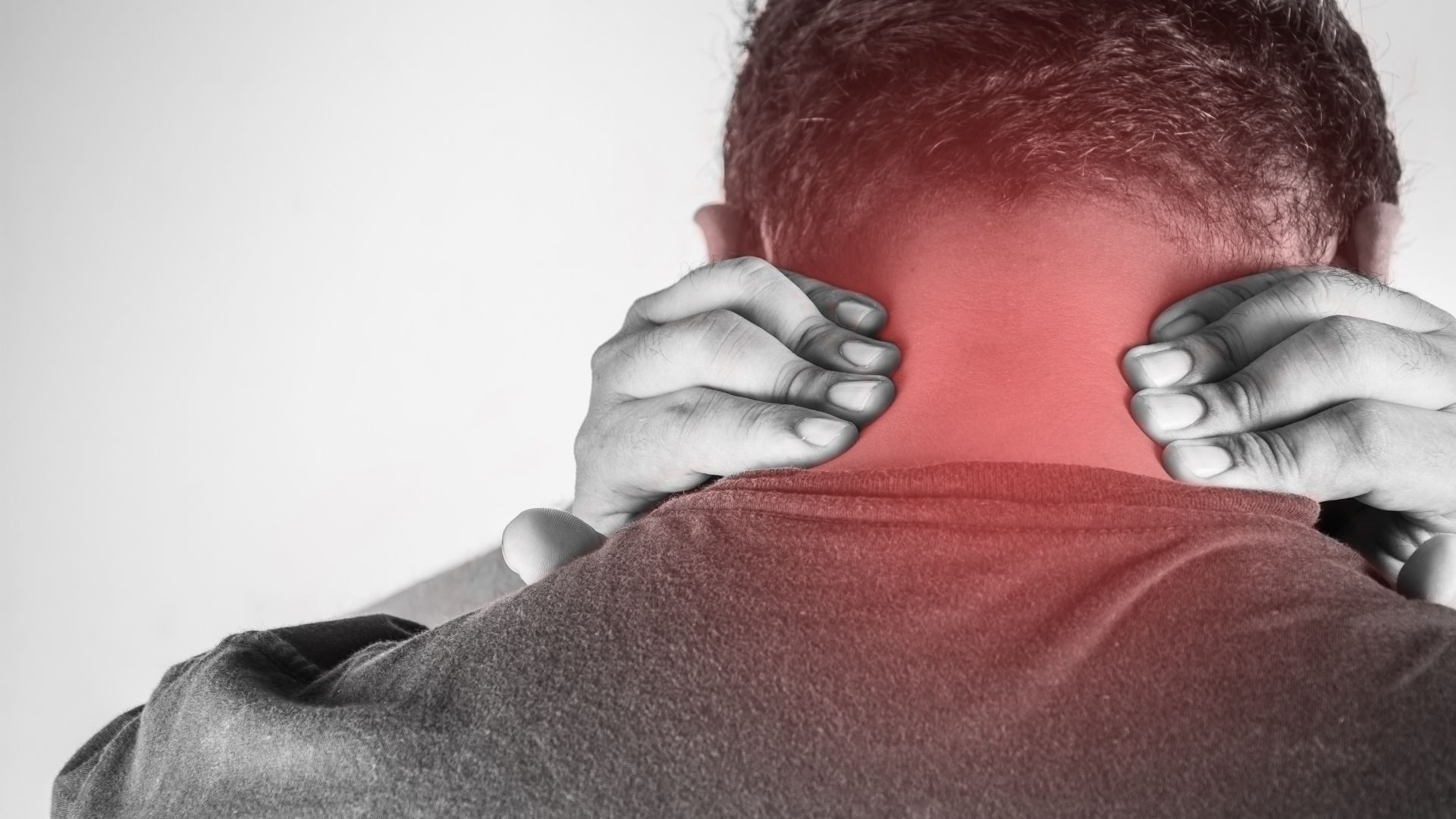Acne and pimples are words that mean the same thing. It occurs as a result of blockage of hair follicles and sebaceous glands. When the sebaceous glands, the oil-producing glands of the skin, produce too much sebum (the oil that moisturizes the skin), dead skin cells can get stuck in the pores. This can cause white or blackheads. When bacteria get trapped in the pores, inflamed pimples can form. It usually appears on the face, forehead, chest, upper back and shoulders. Acne can affect people of any age, but it is most common among young people.
Especially during adolescence, acne is a skin disease that occurs in up to 85 percent of young people, but can also occur in people in their 30s, 40s and older. Acne can occur as red, yellow blisters with or without inflammation, blackheads (open comedones), white bumps (closed comedones) and sometimes large cyst-like lesions.
Factors that trigger acne formation can include hormones, medications and carbohydrate-rich foods. When the skin pores are blocked, a suitable breeding ground for bacteria is created and the proliferation of these bacteria leads to inflammation over time. Some causes of acne formation may be as follows:
Some medicines
Increased hormone activity (androgens)
Excess fat production
Pores clogged by oil and dead skin cells
Pimple squeezing or irritation
Pollution (predisposes to bacterial growth)
Smoking
Factors such as changes in hormone levels, puberty, menstrual cycle, pregnancy, birth control pills and stress can also contribute to acne formation.
Signs and symptoms of acne can vary depending on the severity. Symptoms can include white pimples, blackheads, red papules, large nodules and pus-filled cystic lesions. Acne inflammation usually causes redness and tenderness. If left untreated, additional symptoms such as dark spots and scars may appear.
Acne can be treated with various methods. Treatment methods such as benzoyl peroxide, antibiotics, retinoids, drainage, phototherapy and laser can be used. However, each individual’s acne treatment may be different and should be directed by a specialized dermatologist.



